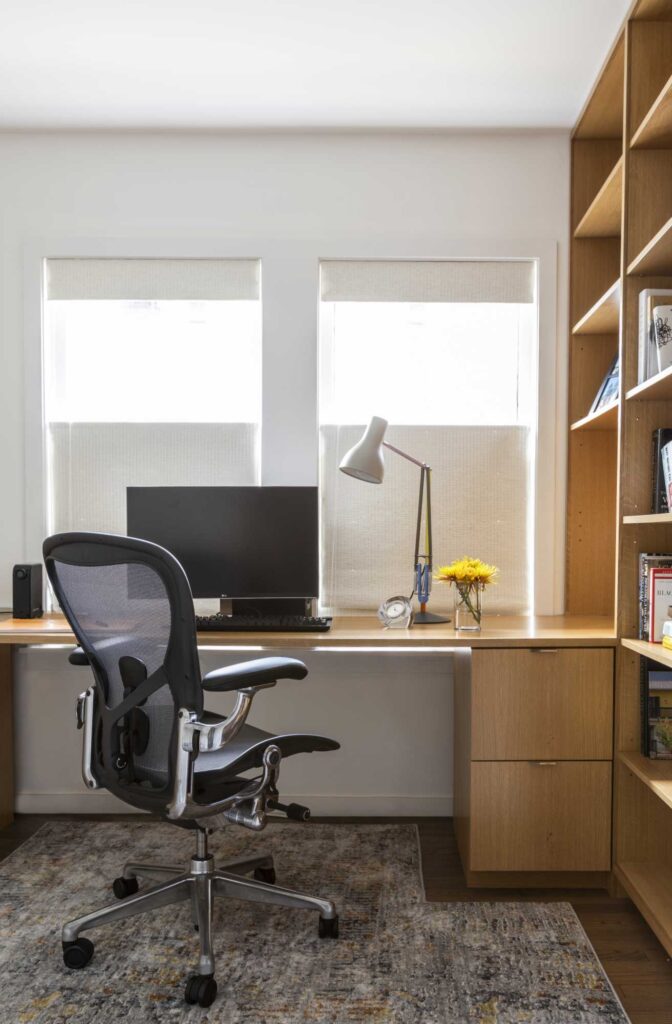I always try to answer the really burning questions in this blog…such as this: how do you pick the perfect lamp? Here’s how.
1.
The most important decision to make is how you will use your lamp. Do you need directional light for reading or do you need generalized room brightening? For reading, you want a floor or table lamp that can create a pool of light right on the surface of your book.
One of my favorites for that purpose is the Mia Floor Lamp from Visual comfort. The light comes right over your shoulder to hit the spot.
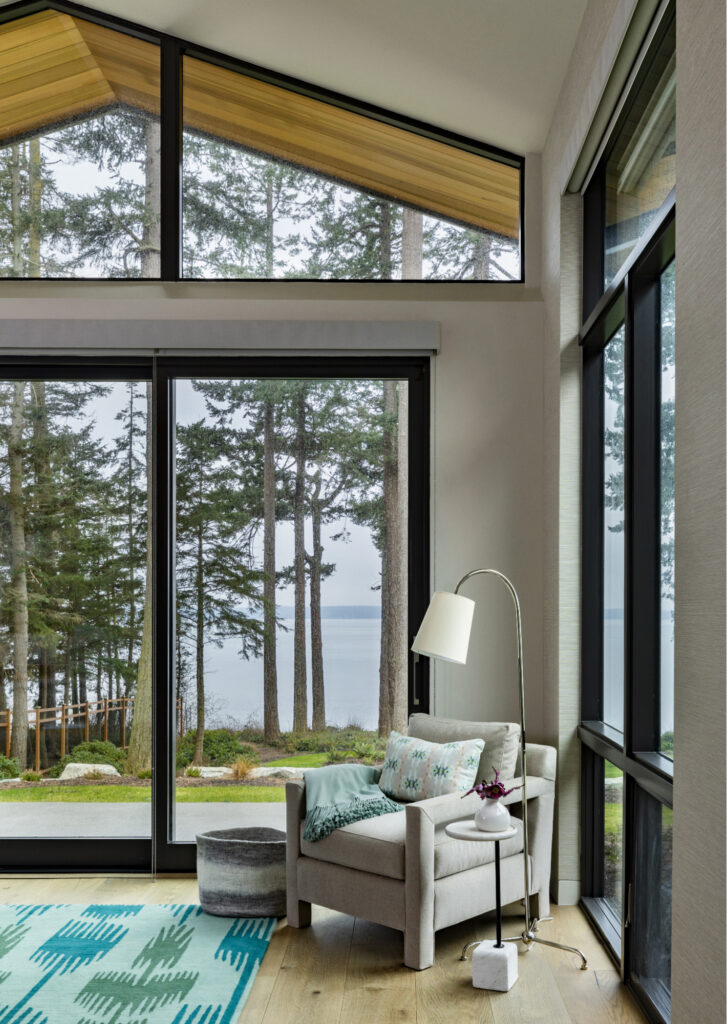
2.
If what you need is ambient lighting, think about layering the sources of light. Take into account any overhead cans or pendants, then add your lamps strategically based on where you still need brightening. Typically that will be in corners of a room and in high-use areas near seating. Varying the height of the lamps creates more interest and keeps your eye moving around the space.

3.
While function is the main reason to add a lamp to a space, they can also work as a decorative element. A beautiful object that creates its own glow is really special.
Don’t be afraid to add a lamp for nothing more than the beauty of the thing. I am absolutely lit up by the gorgeousness of these rock crystal lamps on 1stDibs from Phoenix Gallery. These are the jewelry every room needs, if you ask me.
4.
I’m not much of one for rules, so let’s call this a guideline. The bottom of your lampshade should be no more than eye level to avoid glare. This is true for chairs and sofas, but it is also true for the bed. So get in a comfortable position and take a dimension from your eye level to the surface that the lamp will sit on to calculate the approximate height for the base of your lamp (not including the shade).
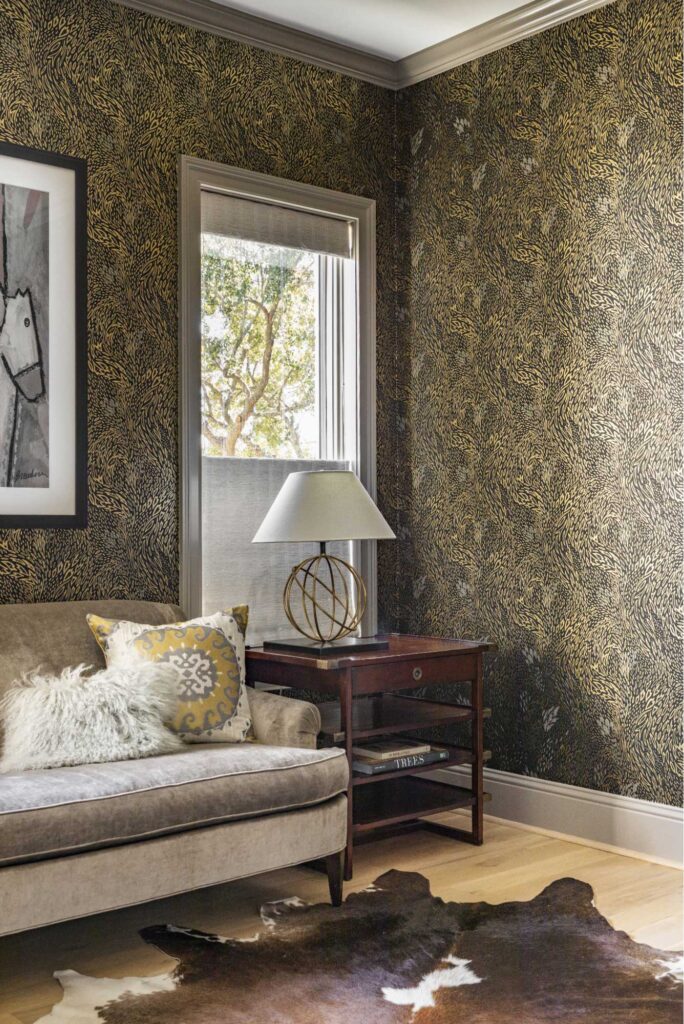
5.
And since we are talking about shades, here’s a tip: when you select a shade, consider the size of the table the lamp will sit on. Nightstands are often no more than 18” to 20” deep, so make sure the diameter of your lampshade isn’t larger than that or you won’t be able to center the lamp on the surface. Using an oval or rectilinear shade can solve the problem.
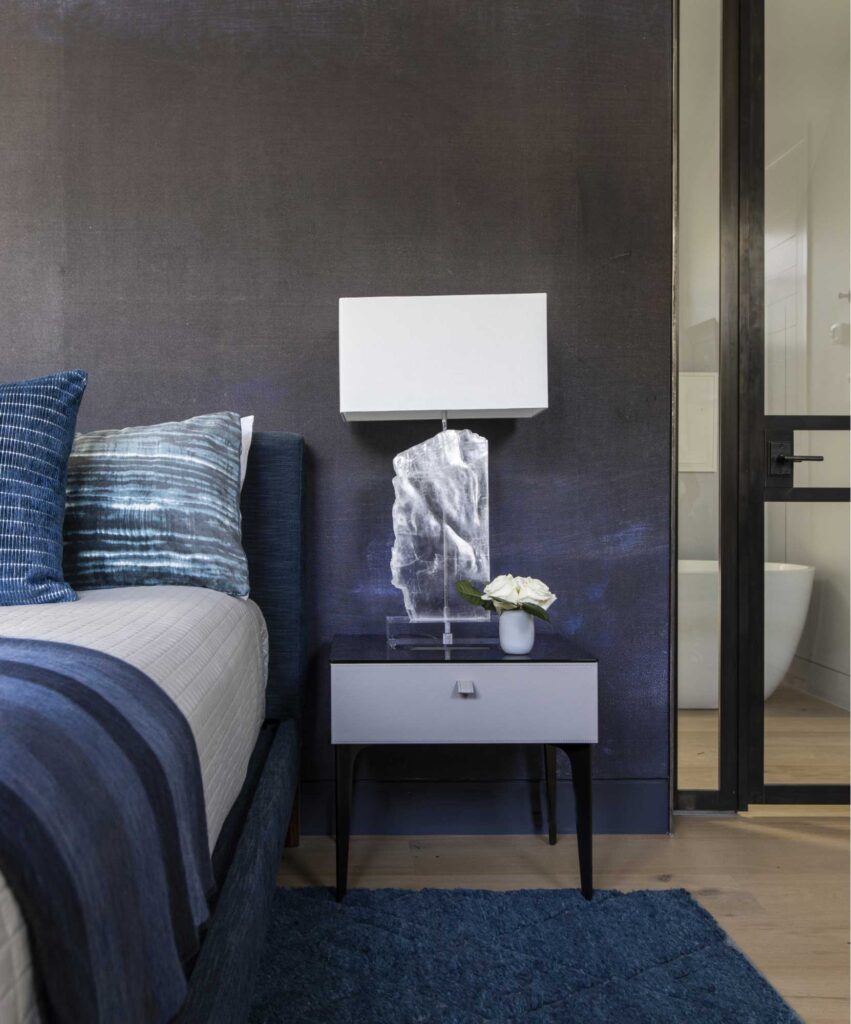
6.
Another thought on shades – a translucent, light colored shade will give you an ambient glow. By contrast, a dark shade will focus the light upward through the top of the shade and onto the surface below creating a moodier feel. If you have lamps in a room where you watch television, a light shade can cause glare on the screen. Opting for a dark shade will prevent the problem.
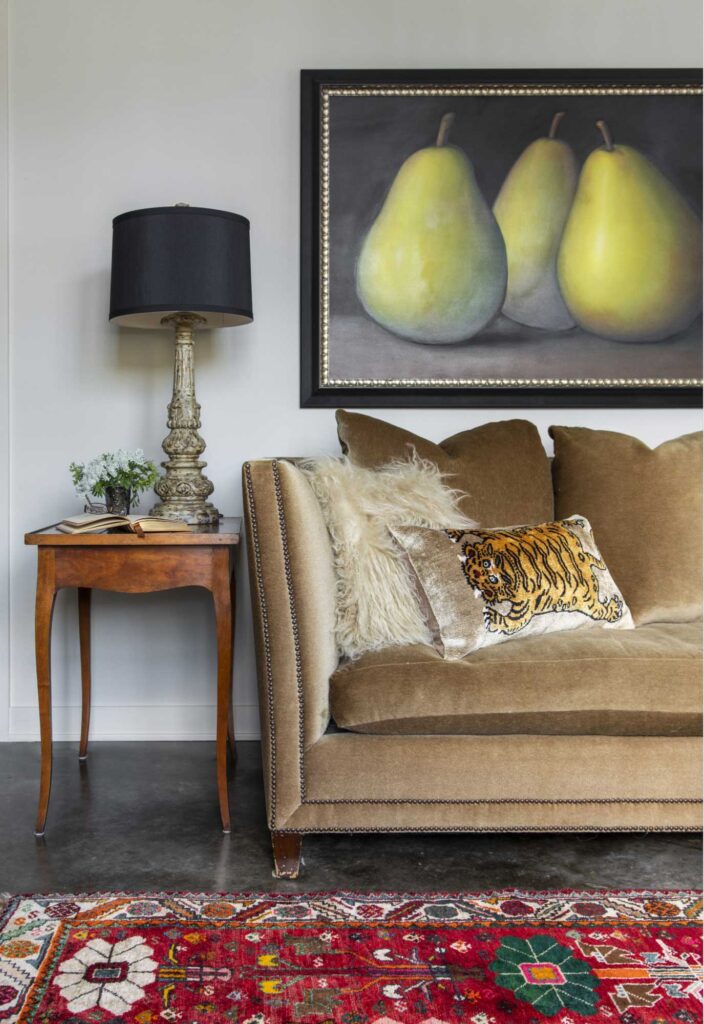
7.
Lamps should compliment your overall design, but they don’t have to match it exactly. Sometimes a bold, statement piece is the best choice to create interest in the space.
One of my favorites is the Arco floor lamp from Flos. It is a contemporary classic that works with almost any decor.
8.
Pairing matching lamps has a structured feel. It is a look that works particularly well in bedrooms or on a dining room sideboard. If you choose a classic candlestick lamp, for example, the look can be formal, but going with a more whimsical take on the shape can feel much more playful and contemporary.

9.
Finally, about the bulbs – you will need about 60 watts for reading which is approximately equivalent to a 10 watt LED bulb. I prefer all of the lights in a home to be dimmable, but keep in mind that not all LEDs have that capacity. It is important to check the specifications on the label.
